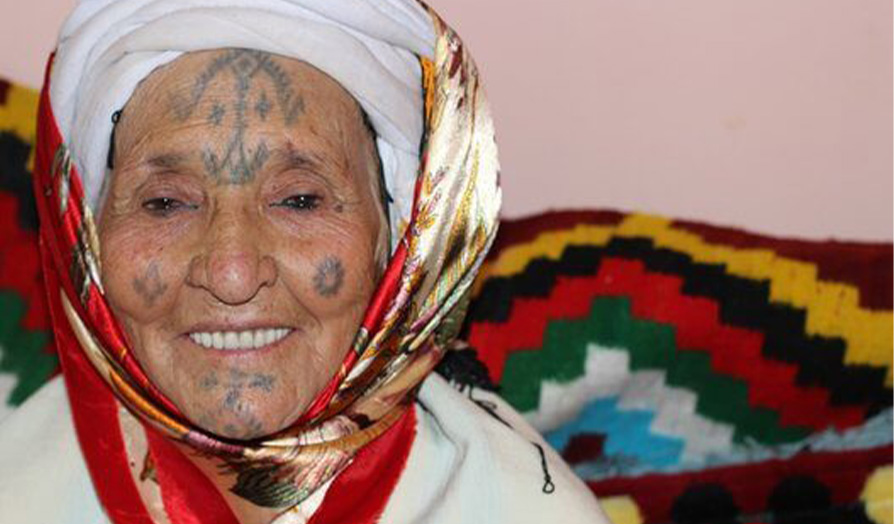In Berber culture – an indigenous Northwestern African group – the act of tattooing has also long been a stamp of cultural identity and womanhood: the different etchings symbolize a woman’s marital status, fertility, and tribe. Typically, they decorate her face, hands, and feet – though some women have been known to cover every inch of their bodies. But it’s a dying act among younger generations. These tattoos are now loaded with stigma and shunned as a sin against God. C’est Haram, as the wider Arabic culture, calls it.
To visit a traditional Berber village, book Culture Trip’s six-day group adventure where you’ll get to meet the locals during a hike in the Atlas Mountains.
As it is with so many things in life, multiple meanings are attached to tattoos; they can represent a mark of unity or one of division. In Japan, for instance, tattoos are banned from public saunas due to their link to the underworld; in 1600, criminals were branded to separate them. Meanwhile, in Samoa culture, women are known for their intricate Malu ink designs – usually below the knee to the upper thigh – to represent the protection, shelter, and security that they provide the community.




